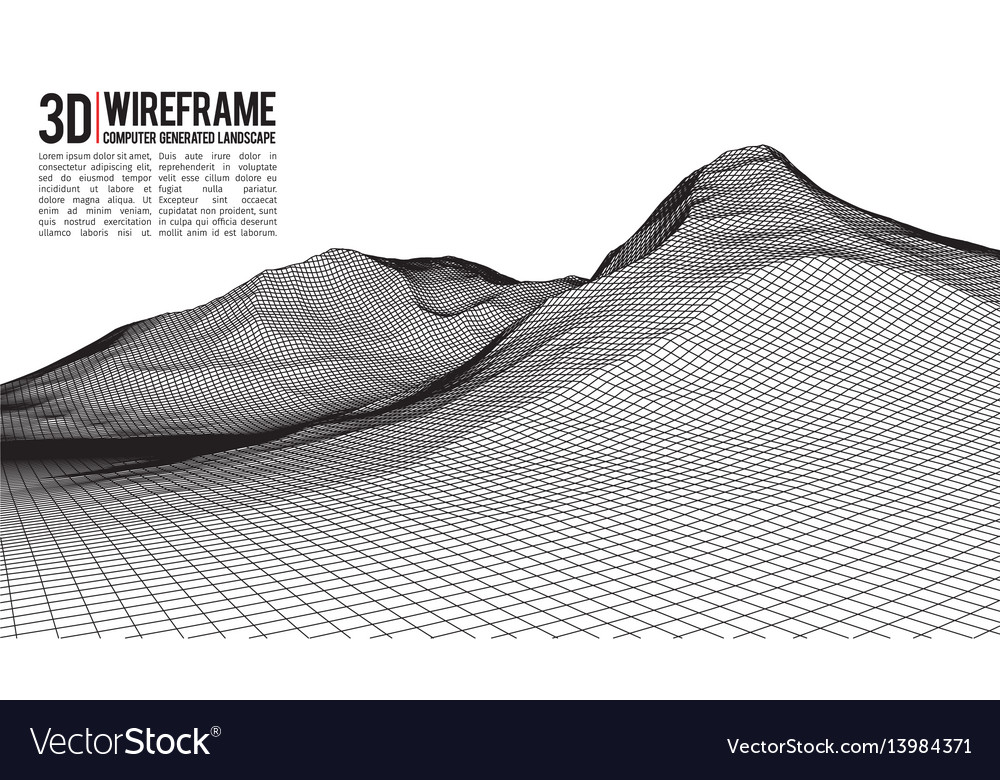

Smaller file size, and therefore, lower disk space requirement Advantages of Vector Map StyleĪdvantages of vector map styling include: Examples are the boundaries for a city, forests, building footprints, and lakes.Īdditionally, Vector APIs display maps by client-side rendering, where the Map SDK gets the map data and styles, and renders the tiles when requested by a client - a web browser or a mobile app. Polygons are lines that are connected into an enclosed shape. Lines represent linear features, for example, Road lines, power lines, rivers. Points represent a single vertex or data point (for example, buildings, points of interest, cities). Instead, they contain pre-defined collections of map features, which are of three key types: These tiles, however, are not made of raster images. They, like raster maps, provide geographical map data that is divided into squared tiles. When displaying maps, the more contemporary method is to use vector tiles. An example is y=mx + b, which is the equation used to draw a straight line. These equations define geometry such as lines, curves, circles, rectangles, and other precise, bold shapes. Vector images are procedurally generated, meaning that they are built from lines and points based upon math equations as opposed to a collection of colored pixels. Rendering raster images is storage-intensive and time-consuming It doesn’t allow for dynamic styling/cannot be customized by the user It tends to have a pixelated or blurry appearance Some notable disadvantages to using raster map styling are: It’s well-integrated across all platforms (web and mobile) and browsers Raster tiles are generated on the server, requiring less work from the end user's hardware It’s ideal for data types such as aerial and satellite map images There are several advantages to using raster maps, including the following: Here’s a map generated of London at a zoom level of 13 (ranges from 0 to 22): Advantages of Raster Map Style Requesting raster tiles from the API returns one square tile for a single request, using the following format: 1 https : / / However, there’s also support for 512 x 512-pixel images to accommodate displays with high resolutions. jpg file formats and are typically 256 x 256 pixels in size. These tiles are pre-generated and stored on map API servers. Map SDKs (like TomTom’s) build maps by placing these map tiles next to one another in the correct order. Raster map tiles are essentially pre-drawn and pre-styled raster images. These pixels are placed in a grid structure that contains different tiles organized into rows and columns, with each tile containing a specific number of pixels and representing a portion of the map. Raster images are digital images composed of colored square pixels. In this article, we’ll cover everything you need to know about raster and vector maps to help determine which approach is right for your app. TomTom’s Map Display API also provides detailed maps with superior flexibility, so we can choose from two different imaging styles to create them: raster and vector.
#Vector or raster for natural landscape series
TomTom provides a series of client-side libraries to help us tailor our maps to best suit our applications, making adding maps into our application simple. Adding maps to a web application also dramatically improves user experience, enabling them to find a location, plan a route, avoid traffic, monitor route progress, and visualize boundaries. Today, numerous mobile and web platforms leverage maps and location-based features to provide services to their users. In this article, we’ll explore everything you need to know about raster and vector maps to help determine which approach is right for your app. TomTom’s Map Display API also provides detailed maps with superior flexibility from two different imaging styles: raster and vector.


 0 kommentar(er)
0 kommentar(er)
